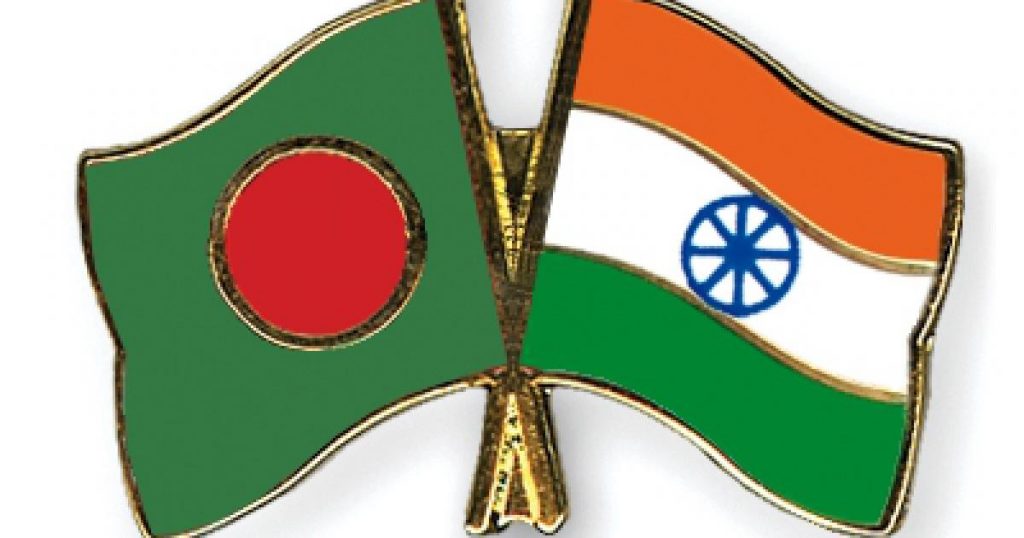August 28, 2020: India and Bangladesh have decided to expedite their proposed Comprehensive Economic Partnership Agreement (CEPA) even as Dhaka has made certain demands that New Delhi believes will be “difficult” to meet, ThePrint has learnt.
While the joint feasibility study is yet to be completed, Dhaka has sought ‘special treatment’ under the CEPA, similar to what Delhi accords Nepal and Bhutan, according to Indian government sources.
The CEPA is an advanced form of a free trade agreement that will ensure preferential and even tariff-free access to goods, services and investments in both countries. Although India does not have a CEPA with Nepal or Bhutan, it does offer concessions in goods and services from those countries.
According to the sources, Dhaka is keen to get tariff-free access into the Indian markets for its readymade garments and removal of non-tariff barriers such as stringent checks on standards.
Dhaka, the sources said, has told New Delhi that it follows global standards when it comes to readymade garments that it exports across the world, including leading destinations of the US and Europe. Hence, India should not put additional measures on scrutinising the imports from that country.
The talks on a CEPA have been going on informally since 2018, in the backdrop of increasing Chinese investments in Bangladesh and also due to the fact that some of the previous trading arrangements have become dysfunctional. These include the South Asian Free Trade Area (SAFTA) — a free trade arrangement under the South Asian Association for Regional Cooperation (SAARC).
The CEPA dialogue
In January this year, both sides had held extensive talks on having the deal that will boost two-way trade and investments. The meeting was held between both the Ministries of Commerce, led by Commerce Secretary Anup Wadhawan from the Indian side while the Bangladeshi side was led by his counterpart, Jafar Uddin.
Sources said the formal round of talks will begin by the middle of next year.
“India and Bangladesh should sign the CEPA at the earliest for the benefit of both countries. This will give a major push to India’s ‘Neighbourhood First’ policy and will further strengthen ties with Bangladesh,” said Prabir De, professor, Research and Information System for Developing Countries (RIS), a policy research institute based in Delhi, where he also serves as the coordinator of the ASEAN-India Centre.
“This will also help Bangladeshi investors to invest in India directly rather than routing it through other countries. The CEPA can also prove to be beneficial for India strategically in countering Chinese influence there,” he added.
According to sources in Bangladesh, the CEPA should also take into account Dhaka’s long-pending demand on the sharing of Teesta river waters.
Both sides have set a deadline of December to sign the CEPA protocol, after which formal negotiations on the trade will begin, a Bangladesh official, who didn’t want to be identified, told ThePrint.
New Delhi is increasingly getting concerned of Beijing making rapid inroads in the economic development of Bangladesh, which is why India is also keen to start formal talks on the CEPA and conclude it soon.
The need for a CEPA
Bangladesh is gradually moving from the status of a ‘Least Developed Country’ (LDC) to a ‘Developing Country’ and will need more and more free trade agreements to enjoy tariff-free access in India.
At present, since Bangladesh has LDC status, it enjoys duty-free access for its products entering India under SAFTA.
“The CEPA between India and Bangladesh can help promote bilateral trade between these two countries. As Bangladesh will graduate out of the LDC status by 2024, to maintain the duty-free market access in India, Bangladesh needs to sign a free trade agreement with India. Also, as SAFTA is dysfunctional, the CEPA, with a built-in bilateral FTA, will be an achievement,” said Selim Raihan, professor (economics), Dhaka University, and Executive Director, South Asian Network on Economic Modeling.
“The CEPA will encourage the inflow of Indian investments into Bangladesh,” Raihan added. “However, keeping in mind the differences in the sizes of these two economies and the levels of development of these two countries, there should be some special provisions to safeguard Bangladesh’s interests in the CEPA.”
Bilateral trade in goods between India and Bangladesh fell 7.82 per cent to $9.45 billion in the 2019-2020 financial year as compared to the $10.25 billion in 2018-19 fiscal, according to the Ministry of Commerce and Industry.
On the other hand, Bangladesh already enjoys tariff-free access on more than 90 per cent of its products exported to China.
Source: ThePrint








